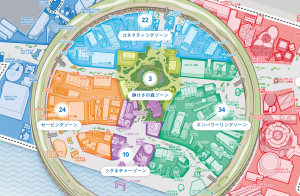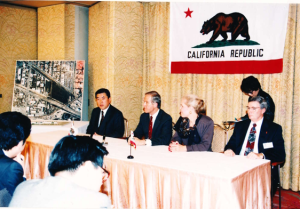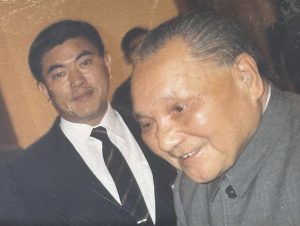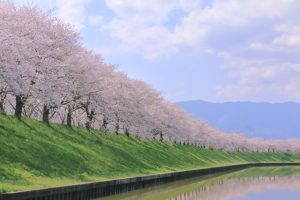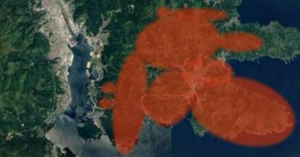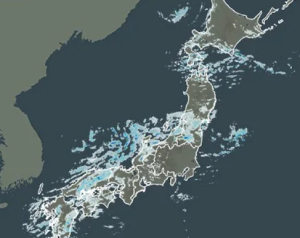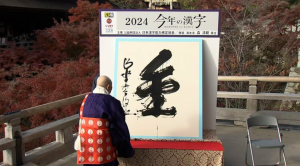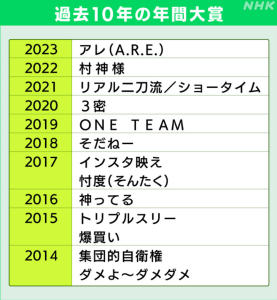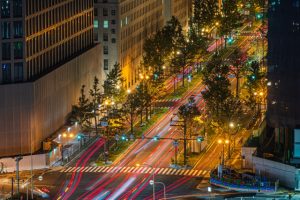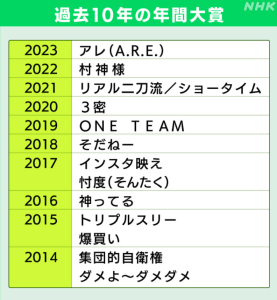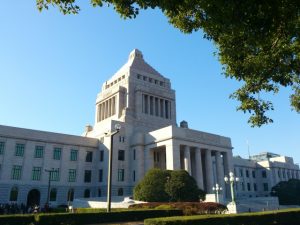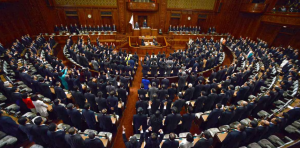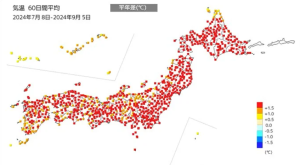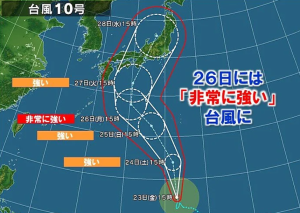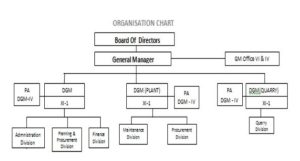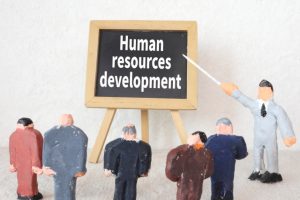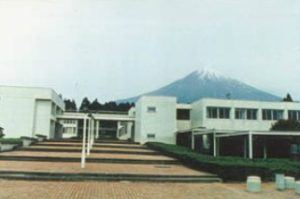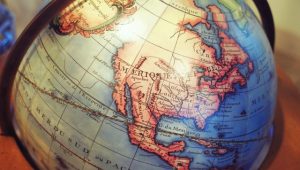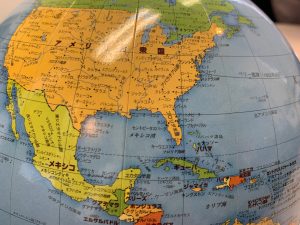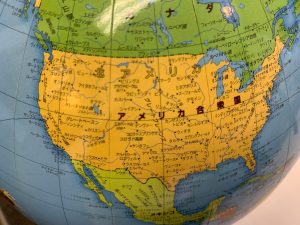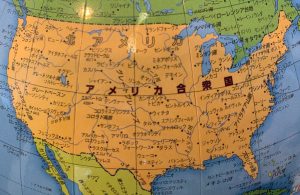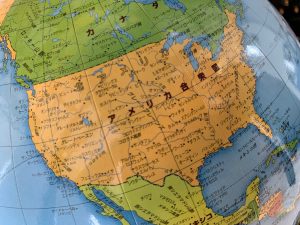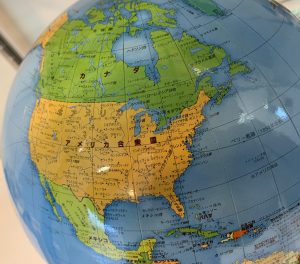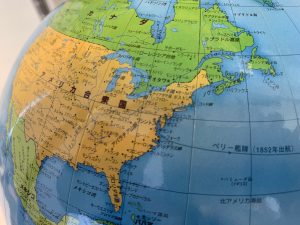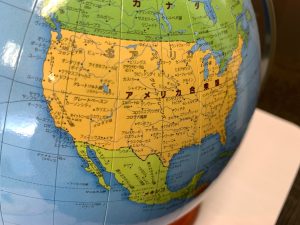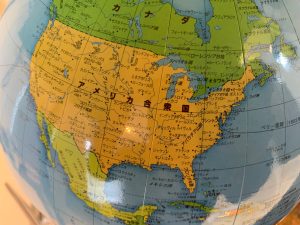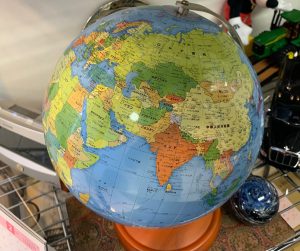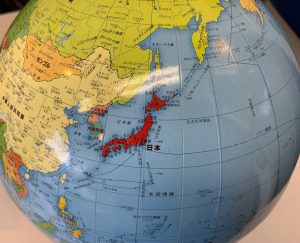Re: A news item and subject which I just want to check out (89) April 21, 2023
I visited Ishinomaki City of Miyagi Prefecture for the first time in four years at the invitation of a friend who is in the trucking industry at the end of last week. The inaction between me and the Tohoku region started with the Great East Japan Earthquake occurred on March 11, 2011. I had deepened exchanges with local people through visiting the site of the disaster including Fukushima No.1 nuclear power plant six times as a vice chairman of “East Japan Earthquake reconstruction measures committee” established within Kansai Economic Federation right after the earthquake. My first visit was two months after the earthquake, and my visit continued to until the committee was dissolved in 2016 five years later. Until then, I had felt far away from the Tohoku region, but it feels very close to me now, because it is only one hour of flight time from Itami to Sendai. Reconstruction has been progressing there for 12 years since the earthquake occurred, but the situations of the disaster seen during my first visit were unimaginable sights. I visited the disaster site at Kadowaki elementary school in Ishinomaki this time where everyone was miraculously evacuated in the midst of violent shaking, tsunami reaching 5~7 meters and a fire ignited from gasoline flowed out of the car that had been hit after that, and it reminded me of my thoughts that we shall not let the severe experience of the Great East Japan Earthquake fade.
■■There were a few interesting events this week.
■What I think about the opening of the Osaka-Kansai Japan Expo two years later:
The groundbreaking ceremony of the Osaka-Kansai Japan Expo was held at “Yumeshima”, which is venue of landfill site of Osaka Bay under Prime Minister Kishida and others attendance, on April 13, two years from the opening of the Expo. The exhibition period is 6 months from April 13 to October 13, 2025. Participants are 153 countries and areas, and 8 international organizations as of the end of March. Its theme is “designing future society for our lives”, and 28. 2 million visitors will be expected.
The last Osaka Expo was held in the Senri Hills, Osaka from March 15 to September 13, 1970 and participants were 76 countries and 4 international organizations. Its theme was “Progress and Harmony for Mankind”. Visitors reached 64 million and the centerpiece was the “moon stone” that Apollo 11 brought back the previous year.
At that time, I was 27 years old and worked at Osaka branch of Ube Industries, Ltd. and visited there many times guiding guests from all over the country. Comparing to 53 years ago, things have changed both at home and abroad. The speed of change during this time is fast, and among them the progress of informalization and internationalization is remarkable. At that time, the television was still dominated by black and white and the phone was a landline phone. PC, internet, smartphone and so on did not exist of course. The world was in the Cold War where the West and the East were in fierce conflict. At that time, China was in the midst of “the Cultural Revolution” from 1966 to 1976, and my first visit to China in November 1976 was right after the end of the Cultural Revolution, and the standard of living of Chinese people was still extremely poor. No one thought that China surpassed Japan in GDP to become the second largest in the world in 2010 and is a hegemonic contest with the United States now.
By the way, the number of foreign visitors to Japan in 1970 was only about 0.85 million even though it had increased rapidly due to the Expo. Incidentally, the number of foreign visitors to Japan in 1969 was about 0.61 million. However, it reached about 31.88 million, about 38 times in 2019 before the corona disaster. This was something no one could have imagined. I recall young children pestering foreigners to sign autographs indiscriminately when they saw foreigners at the Expo venue. On the other hand, the number of Japanese people going abroad in 1970 was about 0.94 million, and increased to about 20.08 million, about 21 times in 2019. When I see the traffic of people like this, I feel that internationalization has made great progress.
In addition, there are too many changes like declining birthrate and aging population and so on in the times up to the present day since the last Expo. Living standards and convenience have certainly improved due to the scientific and technological development, informalization and internationalization, but I can’t say that it brought “feeling of happy” to people. “If you get something, you have to sacrifice something” is the way of the world, and on the other hand of getting “material wealth”, virtue and ethics which Japan has handed down since ancient times has been diluted and the destruction of the natural environment has also progressed. I feel like we are also losing our “peace of mind”. On top of that, if generative AI like chat GPT is in full swing, what will the world be like? We need to think twice the balance of weighing the advantages and disadvantages of mechanism, and how it affects the human body and spirit. As it is, I feel that the human race can’t keep up with the development of science and technology and will come to ruin sooner or later.
■Let’s increase the number of Japanese who work for international organizations:
The Japanese government has established a policy to raise the bottom of the number of Japanese who work at the United Nations, International Monetary Fund, the World Bank and other international organizations. The government takes advantage of “JPO”, the framework of dispatching 35 years old or younger wanting to work for international organizations for two years at the Japanese government expense and accepts applicants from private sector. To be precise, it puts 956 Japanese employees who worked at United Nations organizations as of 2021 on 1,000 mark by 2025 and tries to maintain it. Incidentally, the number of Japanese employees, 956 in 2021 is about one third of the United States, about half of the United Kingdom and France.
It is pointed out that the background of the government’s policy is that Japan does not get a post which matches up with the investment compared to major Western countries, even though Japan contributions to the United Nations are exceeding 8%, the third most after the United States and China.
In the same Asia, China is increasing influence and closing the gap with Japan. International organizations are very important for creating new rules in international society. In order that Japanese can take a leading position there, first of all, it is important to develop human resources who will become executive candidates. In order to do so, it is a prerequisite to improve their language skills. I hear that other countries are submitting cabinet veterans to the election of the executive of international organizations.
Young people these days seem to have a strong tendency to “look inward”, but considering Japan’s position in international society, why don’t we send more and more “motivated” young people, don’t necessarily focusing only on the superiority or inferiority of so-called conventional academic ability?




